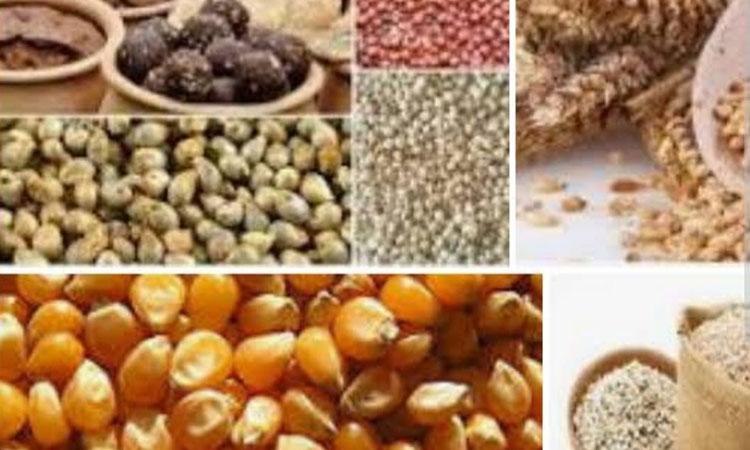The prices of cereals are expected to be 14-15 per cent higher next fiscal as compared with the past five year average, said CRISIL in a report.
The reason? Vagaries of climate change, strong global demand, and rise in domestic demand.
Even in the current fiscal, cereal prices have risen significantly on-year in the first ten months. While prices of wheat and paddy rose 8-11 per cent, those of maize, jowar and bajra jumped 27-31 per cent, the report notes.
CRISIL expects wheat production to be higher in the current rabi season. Despite the continued ban on exports and discontinuation of the Pradhan Mantri Garib Kalyan Anna Yojana from January 2023 (free foodgrain scheme announced in April 2020) which are expected to bring the stock position up to a comfortable level compared with the previous year.
Also read | Financial condition expected to be tighter: CRISIL Ltd
The above measures will put a downward pressure on wheat prices for fiscal 2024, the report said.
According to CRISIL, for key kharif crops such as paddy, maize, bajra and jowar, production for next fiscal is anticipated to be higher, too, provided monsoons are normal and well-spread.
However, the National Oceanic and Atmospheric Administration has predicted a about 49 per cent chance of El Nino impact on south-west monsoon between June-July 2023 and 57 per cent between July-September, the report notes.
"This remains a key monitorable, as it might impact rainfall for kharif and lead to drought conditions, as happened during the previous strong El Nino year (2015) when the southwest monsoon was 14 per cent below normal and kharif cereal production declined 2-3 per cent on-year," CRISIL said.


















